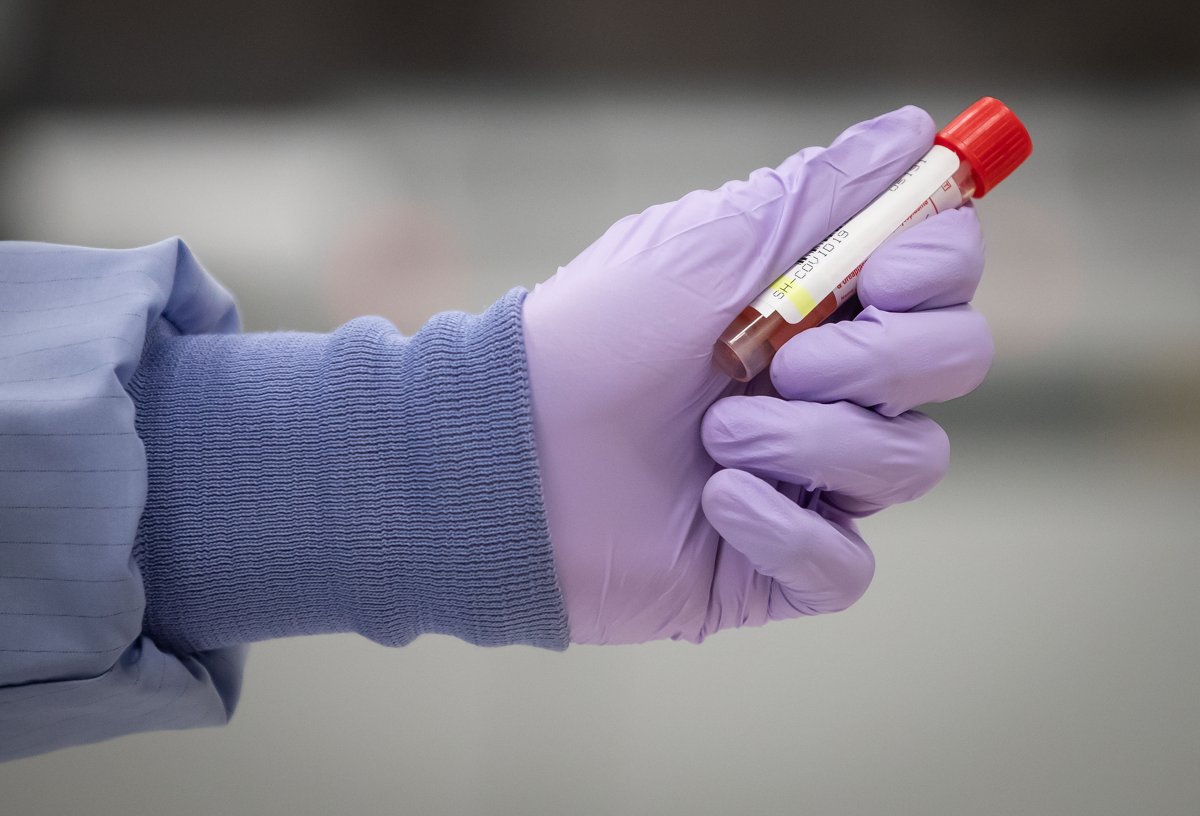The amount of COVID-19 RNA in Saskatoon’s wastewater jumped 461.8 per cent over the previous reporting period.

According to University of Saskatchewan researchers, it’s the 15th-highest recorded amount since the start of the pandemic – though is still ranked as a “medium” overall.
Femi Oloye, part of USask’s Global Institute for Water Security team, believes a new subvariant is driving the rise.
“When we saw the increase (in the viral load),” he said, “it was because there’s something like a new variant that we are now seeing.”
Speaking from Pittsburgh, Oloye said the USask team doesn’t yet have a method to identify what he believes to be a new Omicron subvariant in the province – though he told Global News he believes it’s either BQ.1 or BQ.1.1.
He’s basing that conclusion on patterns researchers have seen when new variants infected people in the province in the past. The latest findings show the quantities of subvariants the team can identify are dropping.
Typically, Oloye said, the percentage of older variants and subvariants in the samples drops as a new variant outcompetes them.
He said he believes that’s happening now, since the dominant BA.5 subvariant has decreased from 61.9 per cent from the testing period ending Nov. 4 to 47.9 per cent for the week ending Nov. 11. The percentage of all other identifiable subvariants also dropped.
As well, Saskatchewan’s COVID-19 situation usually lags several weeks behind Ontario, where BQ.1 and BQ.1.1 appear to be increasing.
The viral loads of SARS-CoV-2 RNA – which infected people shed through their stool – increased 83.6 per cent in Prince Albert and decreased very slightly, by -0.1 per cent, in North Battleford.
The overall amounts in those cities are also listed as medium.
Oloye explained that larger cities experience the effects of new variants first since more people visit.
Looking ahead, Oloye recommended people start masking again, given the high COVID-19 level, combined with the circulating flu and other respiratory infections.
“Let’s assume the worst so that you prepare yourself,” he said.
“You don’t want to be knocked out.”




Comments